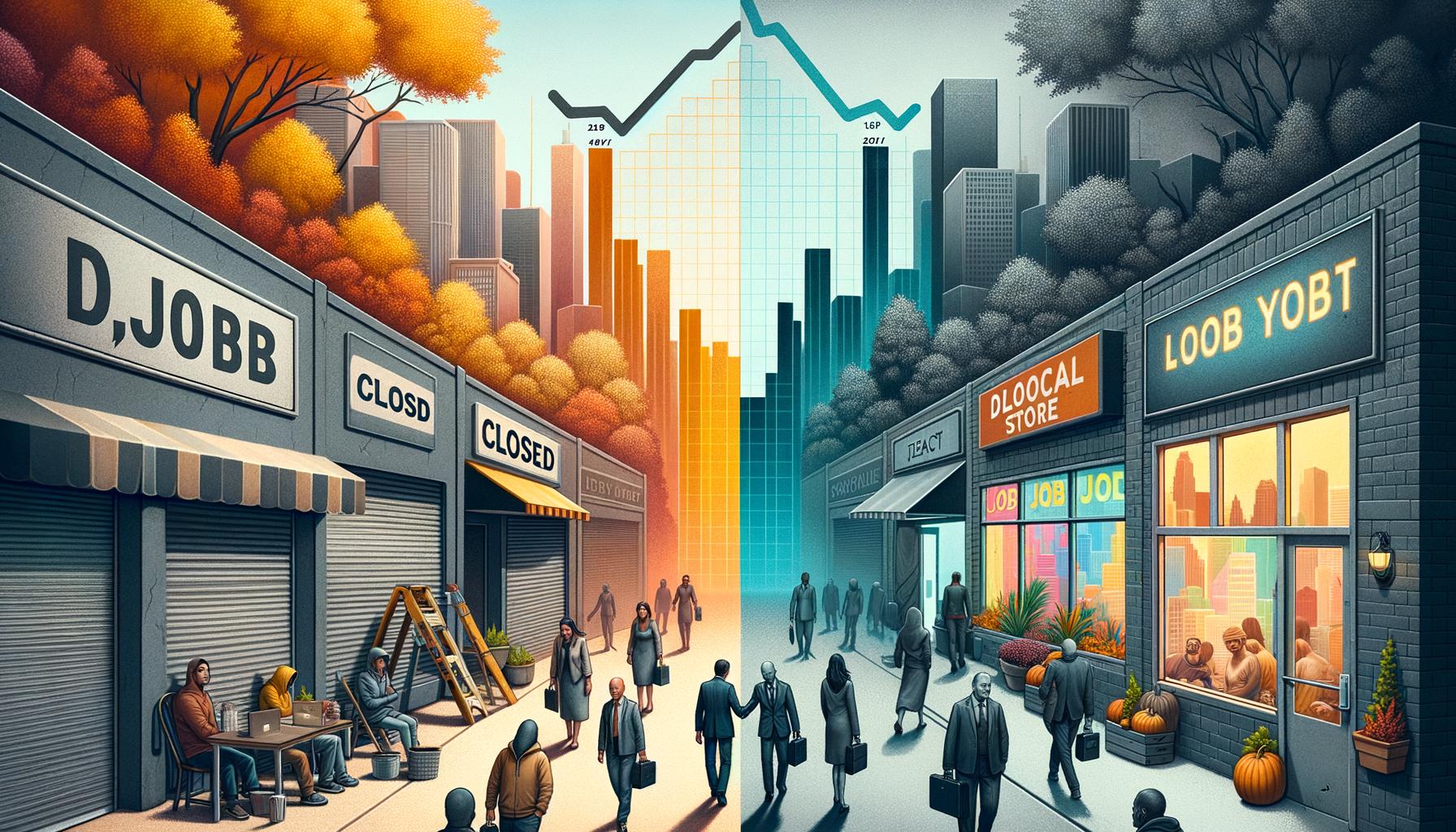“Closing 2023 on an Uplifting Note: The Black Unemployment Rate Declines to 5.2%”
Summary:
The rate of joblessness among African Americans experienced a significant decrease to end the year 2023 at 5.2%, marking a positive year end.
Body:
Showing some noteworthy improvement in the American employment landscape, the unemployment rate among Black Americans declined by a significant margin, taking it down to 5.2% towards the end of 2023. This decrease in joblessness indicates striking progress for the Black community in the United States, leaving an encouraging and positive note at the conclusion of the year.
In the last few quarters, there’s been an economy-wide growth in jobs across diverse sectors. This growth was encompassing and inclusive, leading to increased employment opportunities for all, including Black Americans. The jobless rate experienced a steady decrease across multiple demographic groups, especially among African Americans, in a year as challenging as 2023.
Furthermore, the surge in economic activities, with businesses showing more resilience and adaptiveness than in previous years, vastly contributed to the reduction in the unemployment rate. This trend is being seen in spite of the previous economic effects and predicted slow recovery following the pandemic. The physical and psychological toll of the pandemic made recovery seem a far-fetched goal; however, the resilience of the business sector cannot be undermined.
The jobless rate for Black Americans at 5.2% is the lowest it has been since the mid-1970s, representing a significant milestone for the African American community. Although the magnitude of this achievement cannot be understated, it should be noted that the unemployment rate is still higher than the national average. The remaining difference reflects persistent, longstanding inequalities that still exist and are yet to be fully addressed.
However, given the direction, the decrease in the unemployment rate among Black Americans is a significant step toward a more equitable employment landscape. It is a reflection of strengthened policies, economic stability, and an upward trend in job opportunities, offering hope for a future where these inequities will eventually be eclipsed by even more meaningful and deep-rooted change.
The reduction in joblessness among Black Americans owes a lot to the sustained implementation of inclusive policies, designed to combat systemic discrimination in hiring practices, promote equal opportunities, and create a more diverse and inclusive workspace. The adaptation of such policies by organizations of all sizes has been crucial to progress.
One of the key contributing factors to this decline has been the substantial growth in technology and service-based industries. This growth has sparked increased demand for skilled labor, leading to and maintaining job expansion.
Moreover, there has been a renewed focus on providing training and development opportunities to Black Americans. This, in turn, has resulted in greater competency, skills augmentation and subsequently, better job prospects for individuals in this demographic. Many organizations and government-funded programs have been instrumental in offering these opportunities, thereby helping create an environment where individuals are evaluated more on their skills and less on their racial or ethnic backgrounds.
Some economists believe that consistent improvement in the unemployment rate, especially among marginalized communities, can be seen as an indicator of the overall health of the economy. This is because diversity and inclusion in the workforce contribute to economic growth, innovation, and stability.
Moreover, a diverse and inclusive workforce not only reflects social justice but also has a positive impact on the economic output. From the perspective of organizational growth, a diverse team brings in new perspectives, ideas, and solutions that could be otherwise missed in a homogeneous work environment.
In conclusion, the substantial decrease in the jobless rate among Black Americans towards the end of 2023 is an encouraging sign of progress, despite the continuously challenging economic scenario.
However, there’s still a long way to go in achieving economic parity, and more concerted efforts are needed to bridge the unemployment gap further. Policies and practices that promote diversity and inclusion should be adopted, and equal opportunities should be the rule rather than the exception.
We are not there yet, but the journey there seems more tangible than it did a few years ago. It is hoped that this positive trend will continue in the years to come, eventually leading to a time where the unemployment rate among all Americans, regardless of their racial or ethnic backgrounds, is equitably distributed and reflective of a genuinely inclusive and diverse society.

